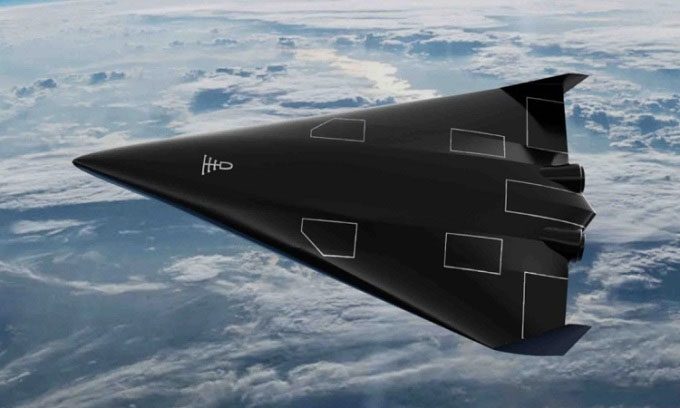Polaris Successfully Completes a Series of Test Flights for Its Next-Generation Spacecraft, Aurora.
The German aerospace company Polaris Raumflugzenge has successfully completed a series of test flights aimed at developing Aurora, the next-generation spacecraft design. At the end of August, the company successfully conducted a flight with Mira-Light, a scaled-down version of its fourth test aircraft, Mira, which is scheduled for its first flight later this year. Polaris has extensive experience in launching reusable spacecraft and flexible supersonic transport systems that can continue to operate like conventional aircraft, according to Debrief.

Polaris is refining the supersonic spacecraft Aurora through various test aircraft versions like Mira. (Photo: Polaris Raumflugzenge)
The Aurora vehicle integrates aircraft and rocket launch technology with a new design aimed at providing significant cost advantages, paving the way for regular, safe, and inexpensive access to space. Accordingly, Polaris is developing several operational small-scale test aircraft to validate technology and accelerate spacecraft manufacturing.
MIRA-Light is 2.5 meters long and represents a simplified technological version of the larger and heavier aircraft named MIRA. The primary goal of this aircraft is to thoroughly evaluate and optimize the flight control system of MIRA. The vehicle is equipped with four electric ducted fans that provide thrust, while MIRA uses four kerosene-powered jet turbines and liquid-fueled rocket engines.
MIRA-Light is the fourth vehicle from the company to take flight, following previous test aircraft Stella, Aleda, and Athena. The research team has managed to limit the overall project budget, including design, manufacturing, and testing costs, to a relatively low amount of just a few tens of thousands of USD based on their experience. According to Polaris, the design and manufacturing process for the vehicle was completed in parallel with MIRA within a few weeks.
“Due to the smooth first flight, we immediately began flight control testing and calibration programs on the same day. By the end of the day, MIRA-Light had completed five flights without encountering any issues. We plan to conduct an additional 10 to 15 flights in the coming weeks to wrap up the comprehensive testing program,” Polaris stated.
The company plans to conclude test flights with Mira by the end of 2023. The final test aircraft version, Nova, is set to take off early next year. The advanced systems on Aurora allow for launches from global runways like conventional aircraft. In addition to significantly reducing costs through reusability and not requiring a launch pad, Aurora can carry 1,000 kg of cargo on orbital missions and 10,000 kg of cargo on suborbital or supersonic flights. The aircraft’s turnaround time is less than 24 hours. The system also allows for launch cancellation and safe return of cargo. According to Polaris, Aurora is expected to become operational in 2026 – 2027.


















































